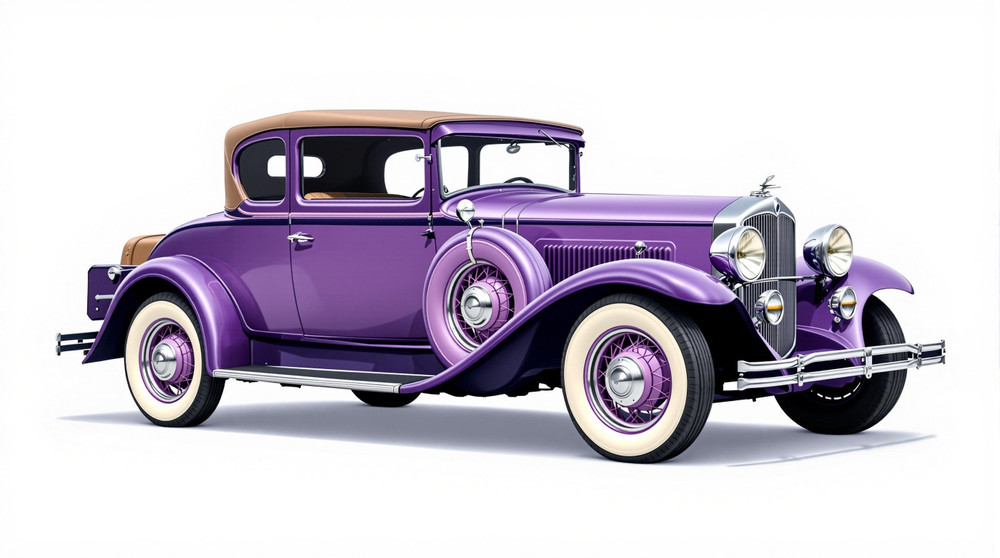Image of 1931 Buick Series 80, Note: These illustrations use artistic license and may differ from actual historical models.
Performance Metrics
Fundamental Metrics
Emotional Appeal
MMP Rating
| Engine Specifications | |
|---|---|
| Engine: | Straight 8 |
| Displacement: | 344.8 cu in (5.7 L) |
| Horsepower: | Estimated 104 HP |
| Torque: | Not available |
| Compression Ratio: | Not available |
| Ignition System: | Battery and coil |
| Cooling System: | Water |
| Performance Specifications | |
| 0-60 Time: | Not available |
| 1/4 Mile Time: | Not available |
| Top Speed: | 80 mph |
| Transmission and Drive | |
| Drive Type: | Rear wheel drive |
| Transmission Type: | 3-speed manual |
| Fuel and Efficiency | |
| Fuel System Type: | Carburetor |
| MPG: | Not available |
| Dimensions and Brakes | |
| Brakes: | Mechanical drum brakes |
| Wheelbase: | 128 inches |
| Weight: | 4,600 lbs |
Note: Specifications for classic cars are given to the best of our ability, considering the limited and variant data available.
A Stroll Down Memory Lane with the 1931 Buick Series 80
The 1931 Buick Series 80 emerges as a symbol of early automotive opulence, a testament to the craftsmanship and forward-thinking design of its era. Born from the assembly lines of Buick, a marque synonymous with luxury and innovation, this vehicle not only reflects the grandeur of its time but also marks a pivotal chapter in automotive history. With its unique blend of style and power, the Series 80 was a chariot for the elite, turning heads and setting benchmarks in the early 1930s.
Design and Innovation
With a silhouette that exuded elegance and strength, the exterior styling of the 1931 Buick Series 80 was nothing short of majestic. Its sweeping fenders and chrome accents highlighted a body that was both stately and aerodynamic. Inside, passengers were enveloped in an ambiance of luxury, with high-quality fabrics and wood trim adorning the spacious cabin. Technological advancements such as mechanical drum brakes on all four wheels showcased Buick's commitment to safety and performance.
The color palette available to buyers ranged from deep blues to rich maroons, with each hue accentuating the car's regal lines. Among these, the two-tone combinations were particularly popular for their ability to highlight the vehicle's artful contours. The Series 80 was offered in various body styles including sedans, coupes, and convertibles; however, it was the Roadmaster sedan that became an icon of its lineup.
Historical Significance
The 1931 Buick Series 80 set itself apart with its innovative overhead valve straight-eight engine, which provided a smooth and powerful ride unprecedented in cars of its class. This powerplant would influence engine design for decades to come. The Series 80 also helped cement Buick's reputation as a maker of fine automobiles that were within reach of the upper middle class while still being aspirational for many.
Performance and Handling
The heart of the Series 80 was its robust engine that propelled it to top speeds that were impressive for its time. Acceleration was brisk, with enough torque to make any journey feel effortless. On winding roads or over uneven surfaces, the car's handling remained composed, thanks in part to its solid chassis and suspension setup. Driving a Series 80 was an auditory delight as well—the hum of its straight-eight was music to any motor enthusiast's ears.
Ownership Experience
Owners of the 1931 Buick Series 80 reveled in its dual nature as both a reliable daily driver and a coveted showpiece. Maintenance required a basic mechanical understanding but was generally straightforward due to Buick's thoughtful engineering. Reliability was one of its strong suits, making it a favorite among those who appreciated vintage luxury without constant garage visits.
Fun Facts
The Series 80 has graced various collections worldwide, including those owned by celebrities and historical figures. While production numbers were not as high as today's mass-produced vehicles, it is estimated that several thousand units left factory floors. Criticisms were few but often pointed at fuel consumption—a trade-off for its powerful performance.
Collector's Information
In today's market, a well-preserved or expertly restored 1931 Buick Series 80 can fetch anywhere from mid-five figures up to six figures depending on condition, provenance, and originality. Rarity varies by model type and condition but finding one in pristine shape can be challenging. Over time, values have generally appreciated as classic car enthusiasts seek out models emblematic of early American automotive luxury.
Conclusion
The 1931 Buick Series 80 remains an enduring symbol of early twentieth-century elegance and engineering prowess. Its legacy is evident in every curve of its frame and every roar from its engine—a classic that continues to captivate collectors and enthusiasts alike.
1931 Buick Series 80 Catalog of Parts
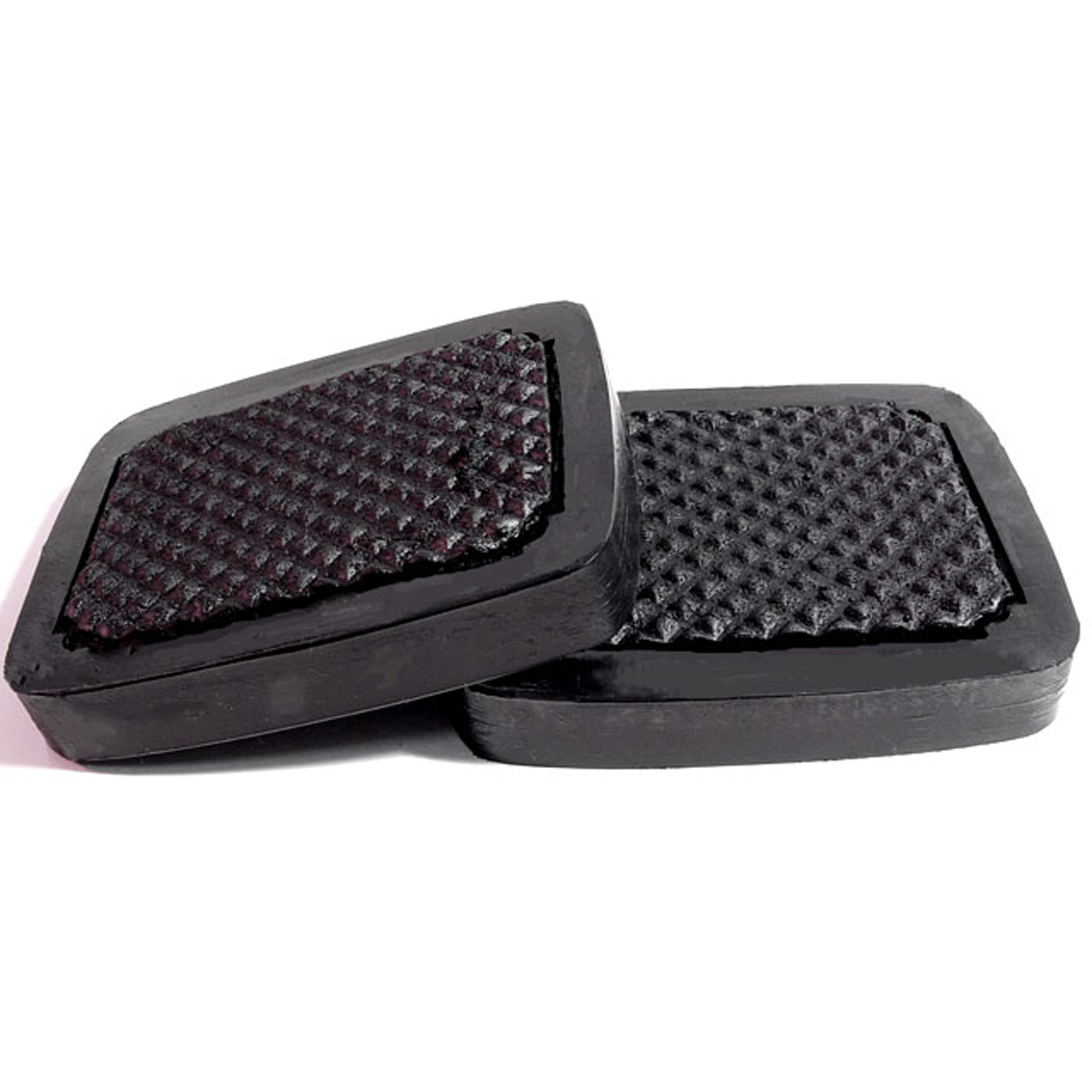 1931 Buick Series 80 Clutch and Brake Pedal Pads. 2-3/4" wide X 3-3/8" long-CB 12Clutch and Brake Pedal Pads. 2-3/4" wide X 3-3/8" long. Pair
1931 Buick Series 80 Clutch and Brake Pedal Pads. 2-3/4" wide X 3-3/8" long-CB 12Clutch and Brake Pedal Pads. 2-3/4" wide X 3-3/8" long. Pair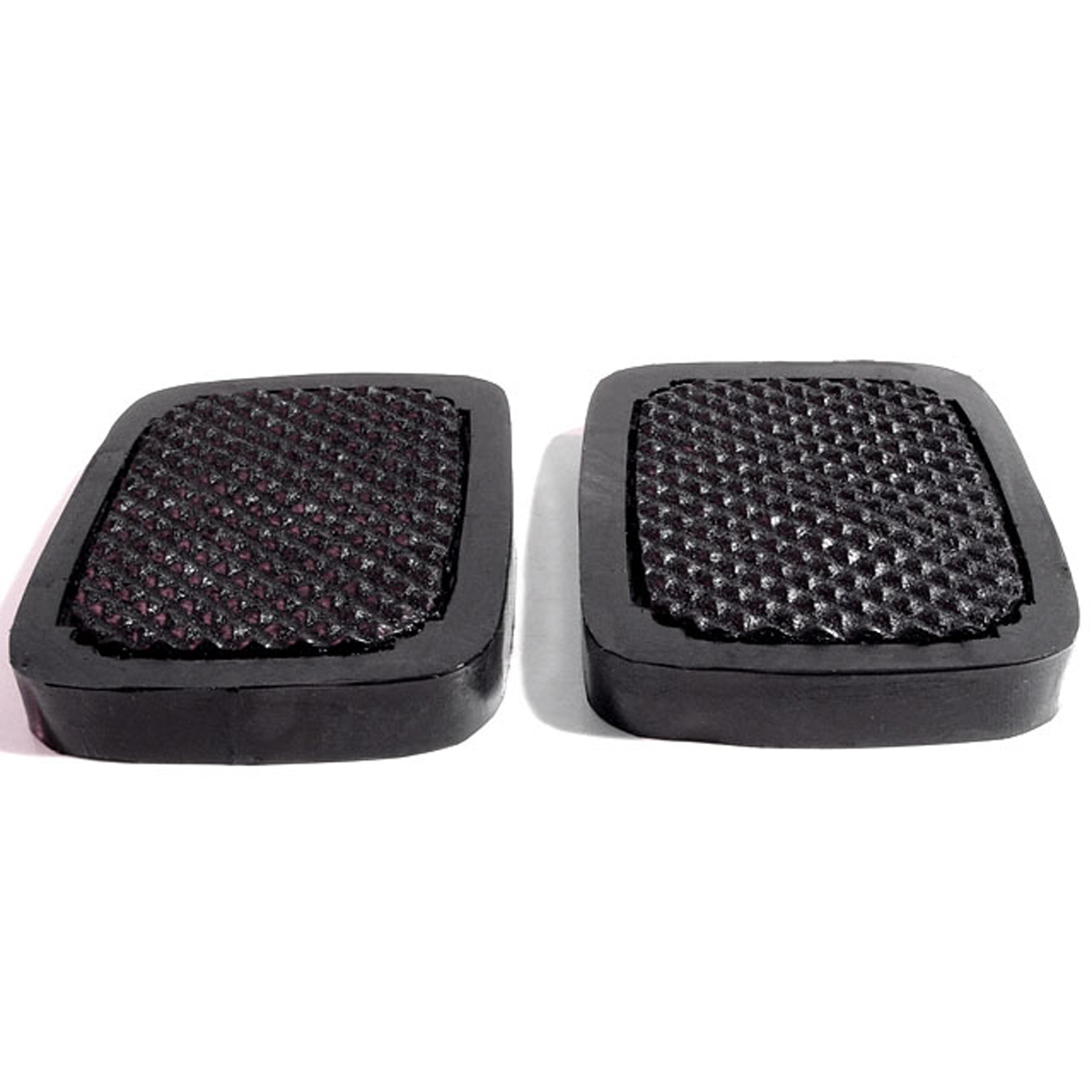 1931 Buick Series 80 Clutch and Brake Pedal Pads. 2-3/4" wide X 3-3/4" long-CB 13Clutch and Brake Pedal Pads. 2-3/4" wide X 3-3/4" long. Pair
1931 Buick Series 80 Clutch and Brake Pedal Pads. 2-3/4" wide X 3-3/4" long-CB 13Clutch and Brake Pedal Pads. 2-3/4" wide X 3-3/4" long. Pair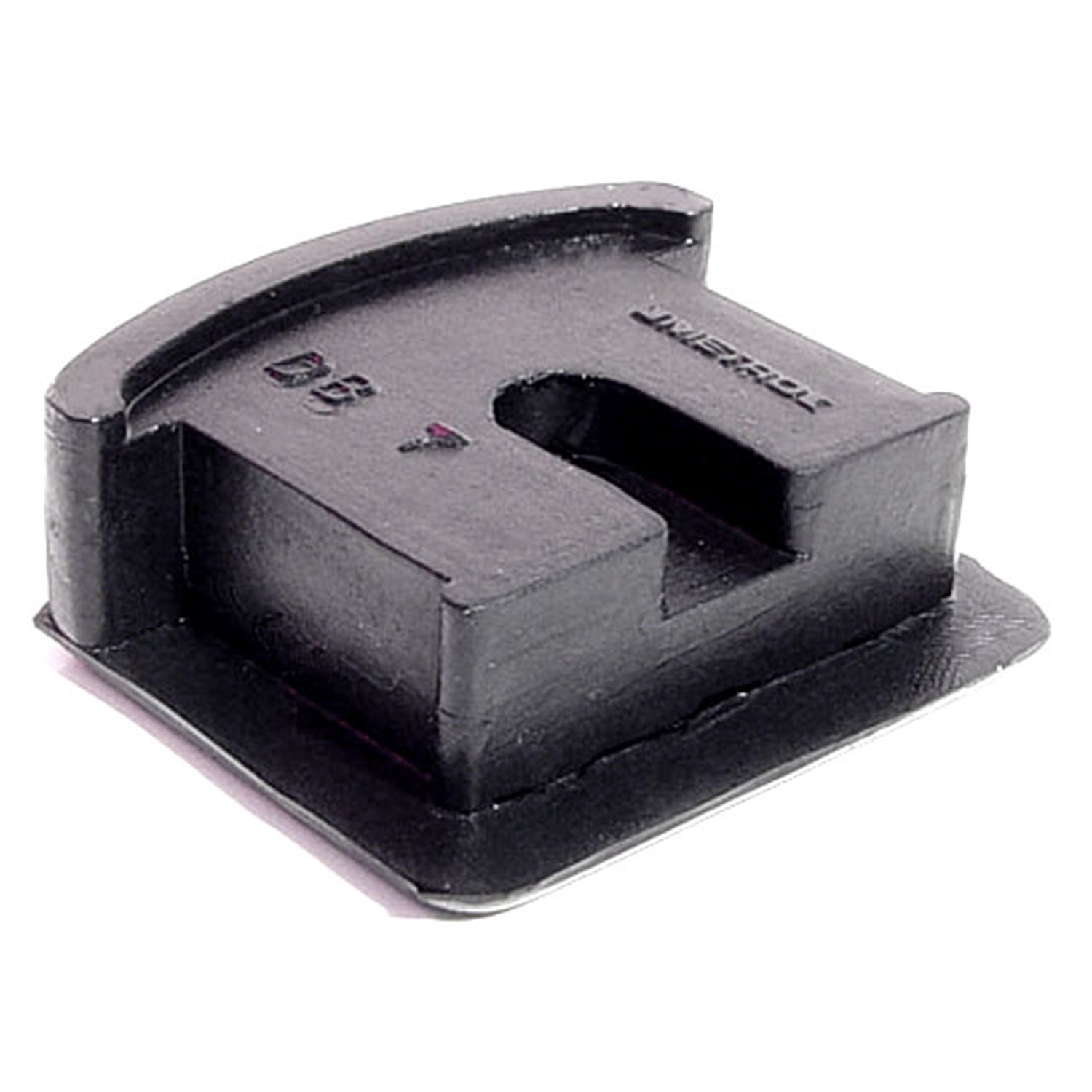 1931 Buick Series 80 Door Bumper. 1-7/16" high X 1-9/16" wide X 9/16" thick-DB 7Door Bumper. 1-7/16" high X 1-9/16" wide X 9/16" thick. Each
1931 Buick Series 80 Door Bumper. 1-7/16" high X 1-9/16" wide X 9/16" thick-DB 7Door Bumper. 1-7/16" high X 1-9/16" wide X 9/16" thick. Each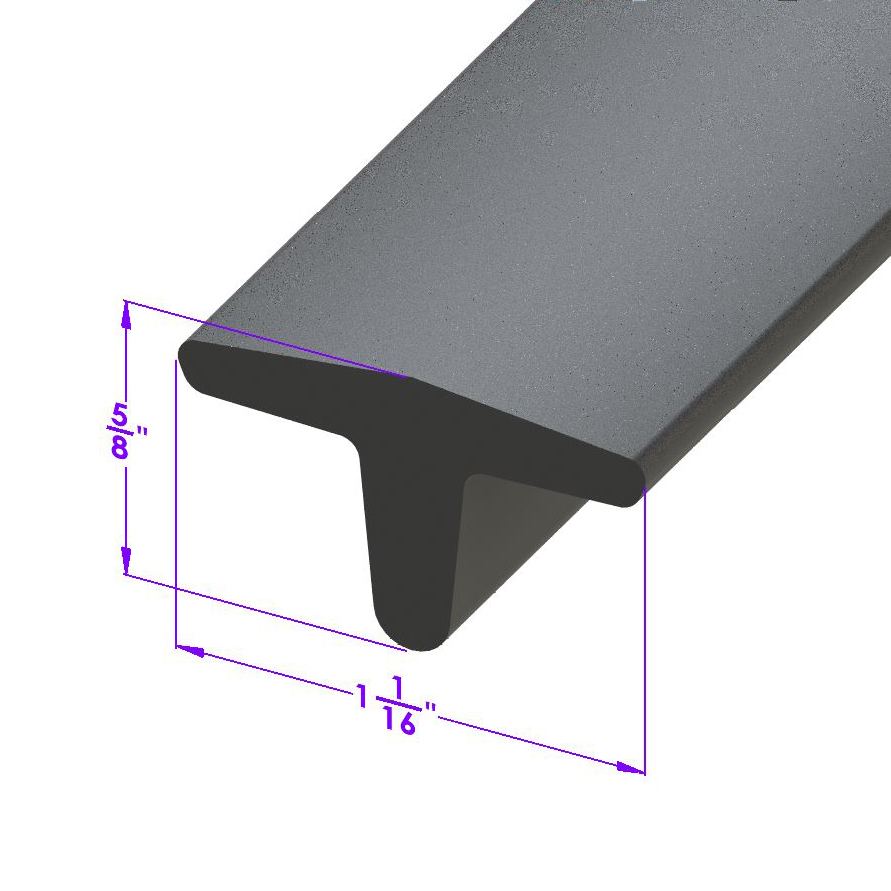 1931 Buick Series 80 Side window seal. Dense rubber. No metal core. 1 in-LP 95-ASide window seal. Dense rubber. No metal core. 1 in. W x 5/8 in. H. Per foot.
1931 Buick Series 80 Side window seal. Dense rubber. No metal core. 1 in-LP 95-ASide window seal. Dense rubber. No metal core. 1 in. W x 5/8 in. H. Per foot.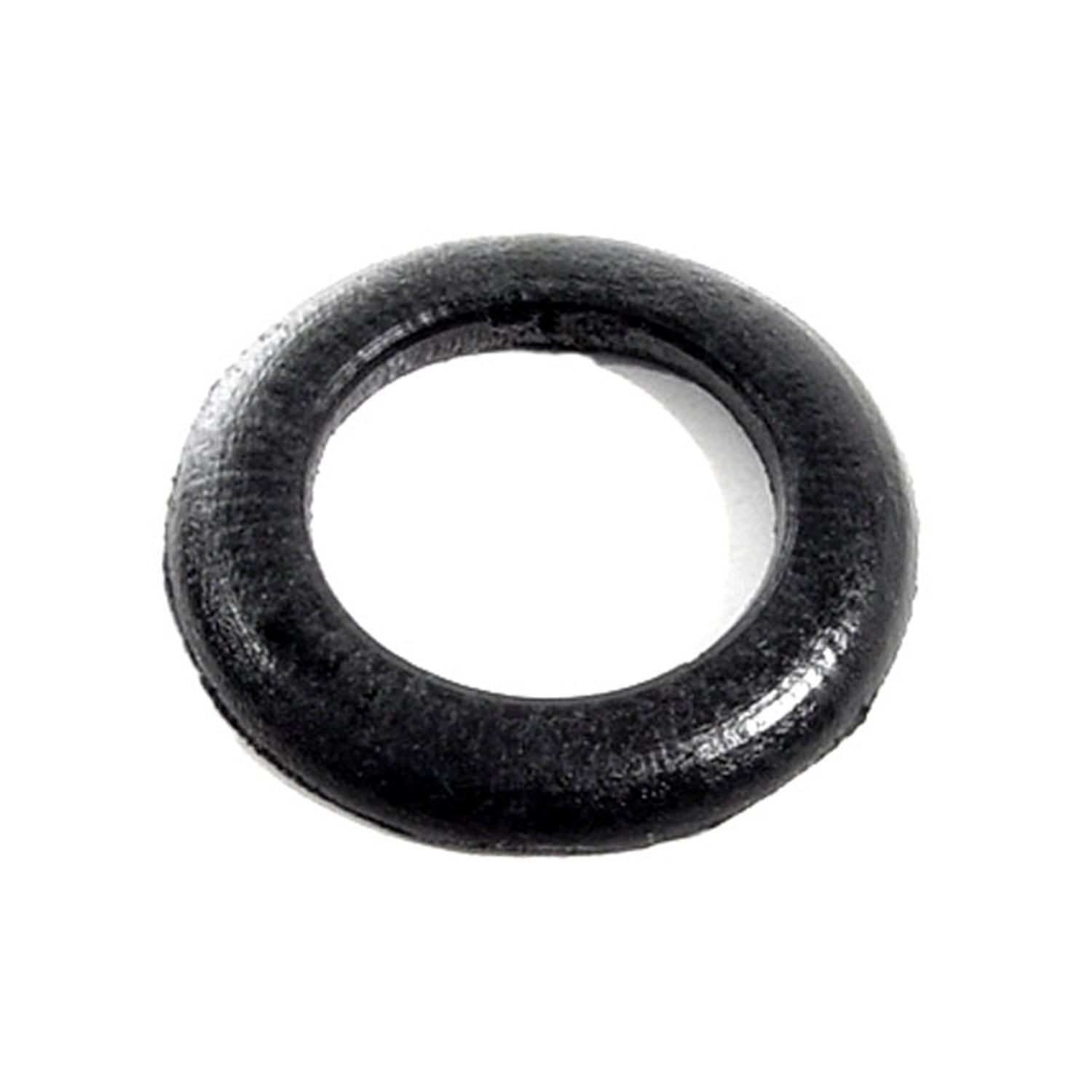 1931 Buick Series 80 Door Handle Ferrule Grommet. I.D. 11/16", O.D. 1-3/16"-MP 546-IDoor Handle Ferrule Grommet. I.D. 11/16", O.D. 1-3/16". Each
1931 Buick Series 80 Door Handle Ferrule Grommet. I.D. 11/16", O.D. 1-3/16"-MP 546-IDoor Handle Ferrule Grommet. I.D. 11/16", O.D. 1-3/16". Each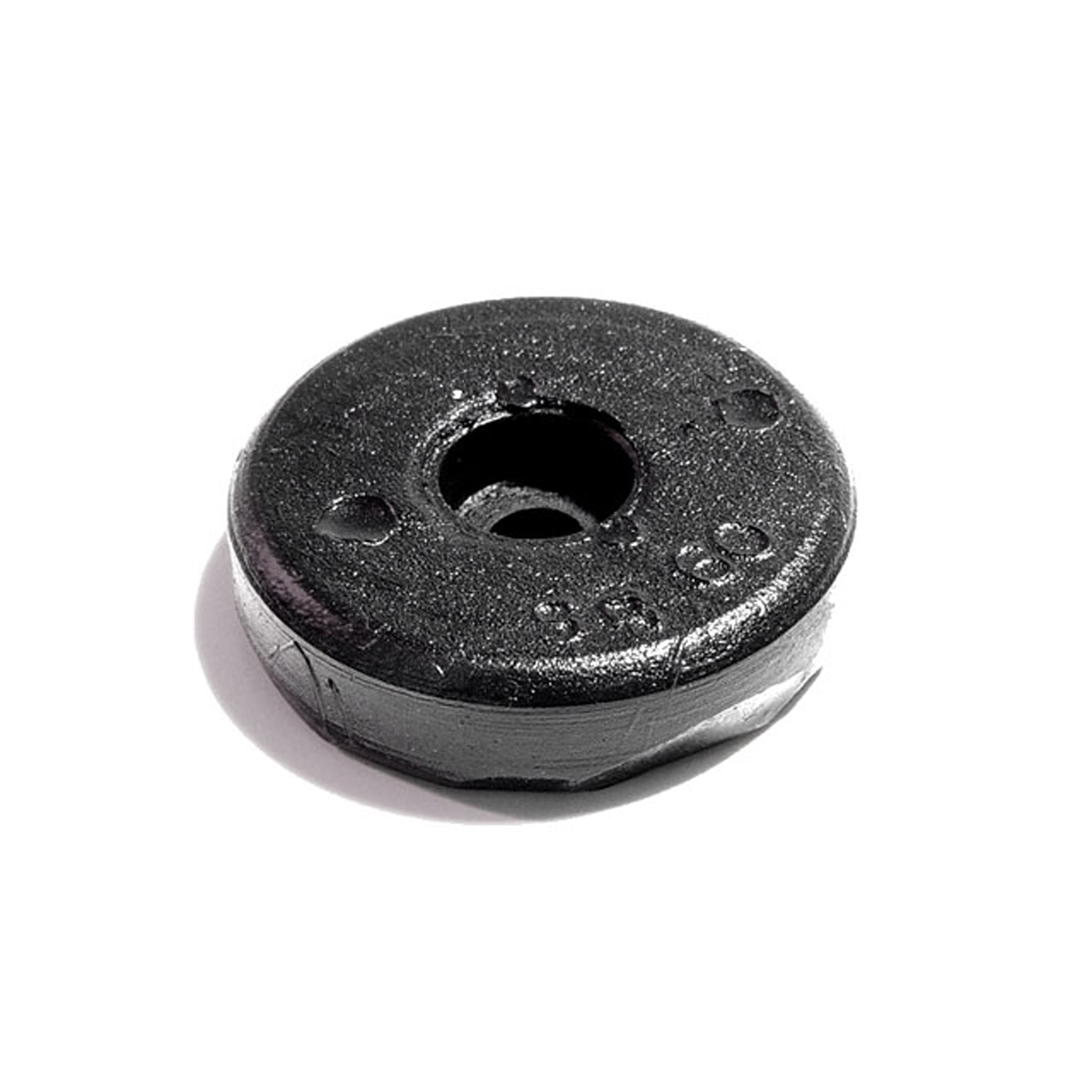 1931 Buick Series 80 Door Bumper. 1" diameter X 1/4" thick Each-SB 60Door Bumper. 1" diameter X 1/4" thick Each
1931 Buick Series 80 Door Bumper. 1" diameter X 1/4" thick Each-SB 60Door Bumper. 1" diameter X 1/4" thick Each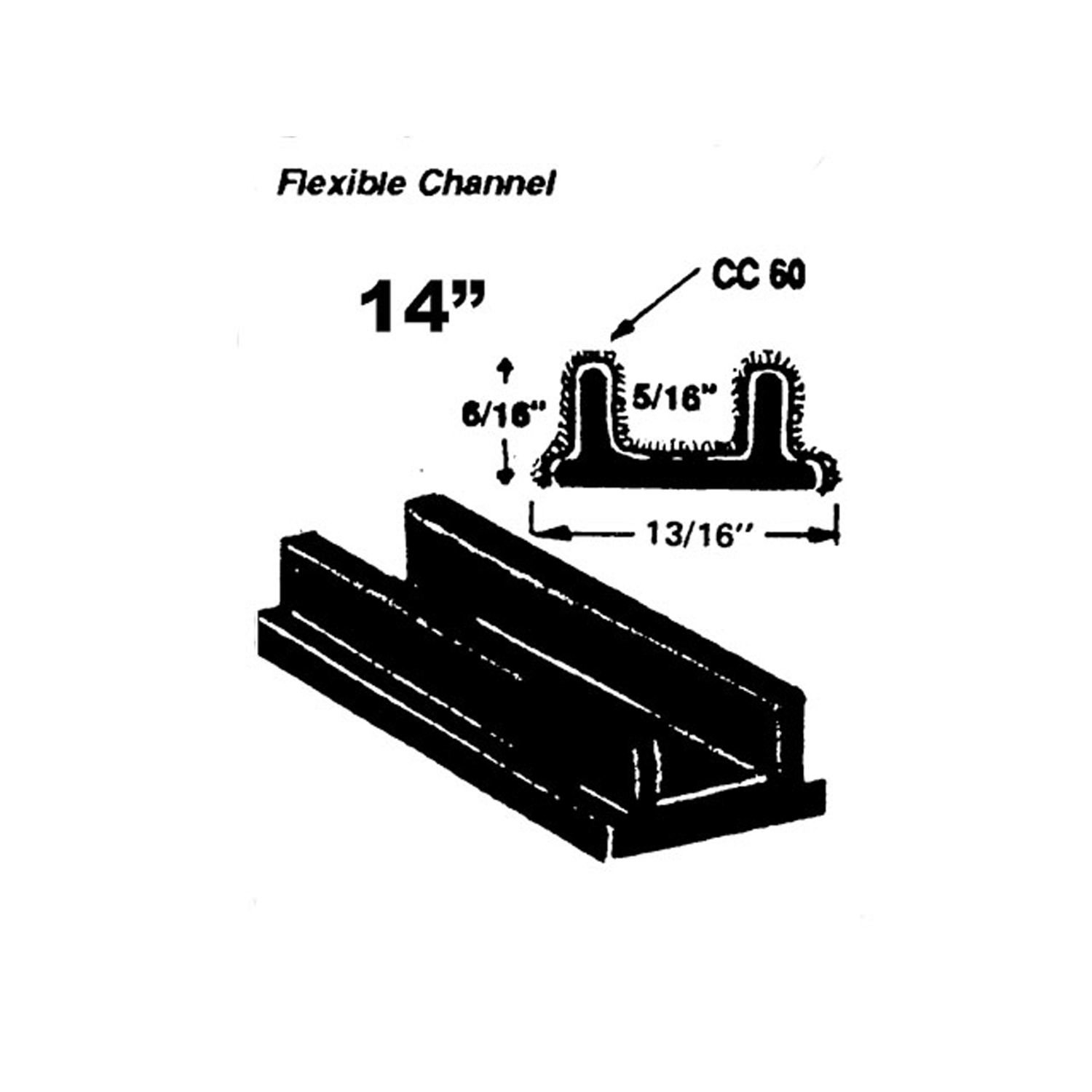 1931 Buick Series 80 Flexible Rubber Window Channel-WC 32-14Flexible Rubber Window Channel. For Fisher Closed Bodies, except those using a stainless bead type. Used on side windows. 13/16" outer width X 6/16" outer depth, with a 5/16" inner channel width X 14" long. Each
1931 Buick Series 80 Flexible Rubber Window Channel-WC 32-14Flexible Rubber Window Channel. For Fisher Closed Bodies, except those using a stainless bead type. Used on side windows. 13/16" outer width X 6/16" outer depth, with a 5/16" inner channel width X 14" long. Each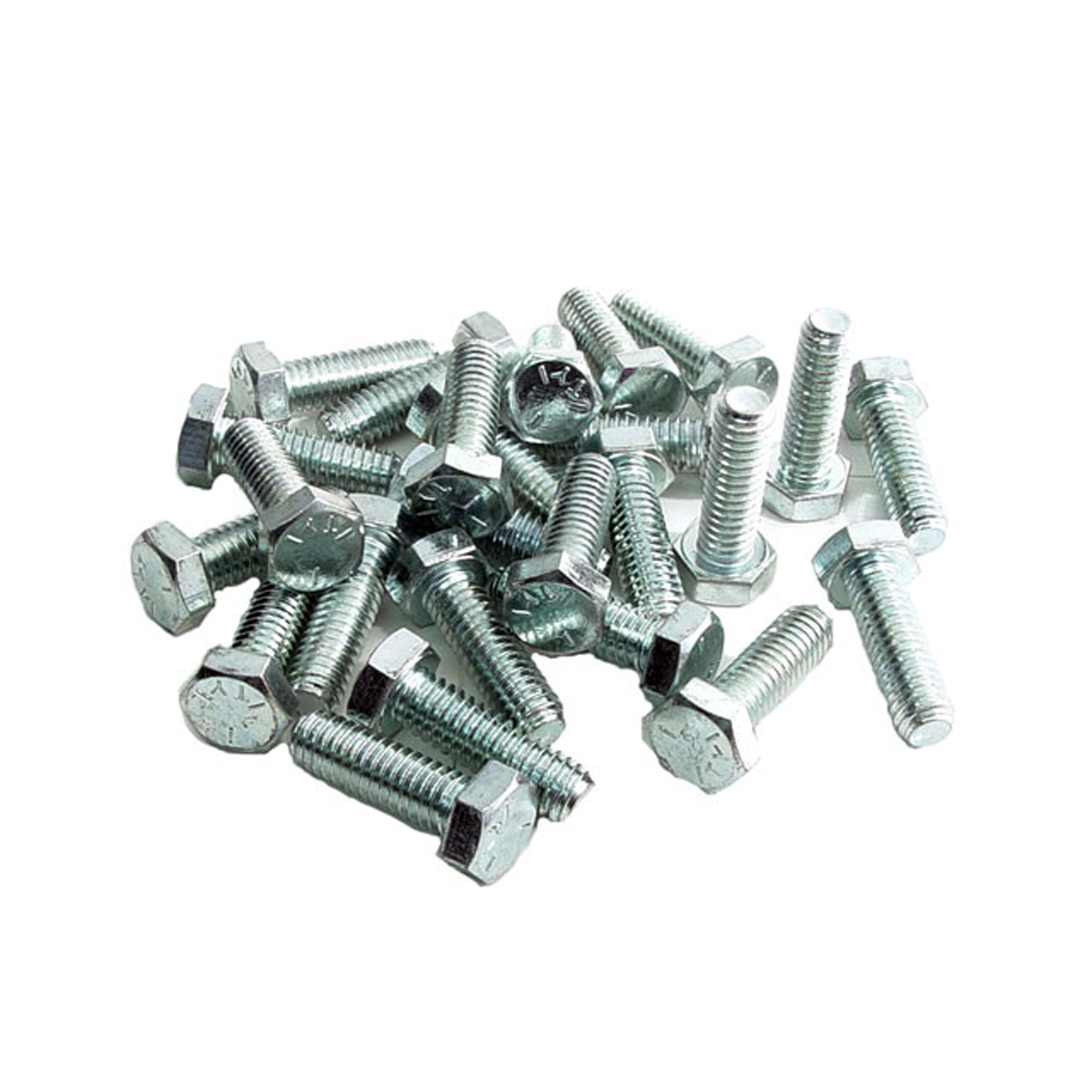 1931 Buick Series 80 Fender Bolts. For use with Fender Bolt Washers; WF 3001-WF 3000Fender Bolts. For use with Fender Bolt Washers; WF 3001. Zinc Chromate plated, high strength. 1" X 5/16". Set of 25
1931 Buick Series 80 Fender Bolts. For use with Fender Bolt Washers; WF 3001-WF 3000Fender Bolts. For use with Fender Bolt Washers; WF 3001. Zinc Chromate plated, high strength. 1" X 5/16". Set of 25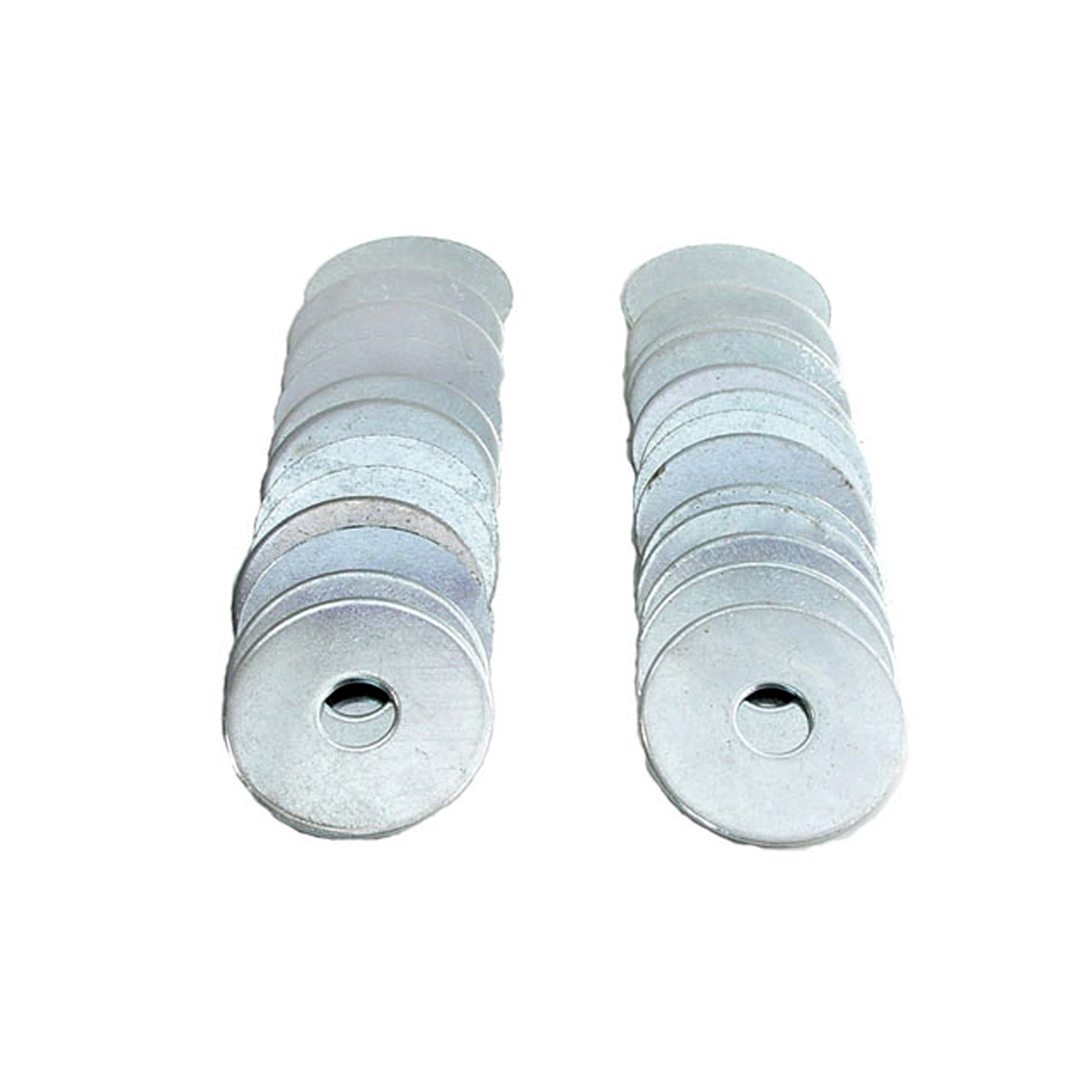 1931 Buick Series 80 Fender Bolt Washers. For use with Fender Bolts; WF 3000-WF 3001Fender Bolt Washers. For use with Fender Bolts; WF 3000. High quality, cadmium plated. 1-1/4" O.D., 3/8" I.D. Set of 25
1931 Buick Series 80 Fender Bolt Washers. For use with Fender Bolts; WF 3000-WF 3001Fender Bolt Washers. For use with Fender Bolts; WF 3000. High quality, cadmium plated. 1-1/4" O.D., 3/8" I.D. Set of 25Why Choose Metro?
For over 100 years, Metro Moulded Parts has been the pinnacle of quality in classic car restoration parts. Our commitment to precision and authenticity in every component ensures a perfect fit and an OEM-level appearance.
- Expert Craftsmanship & Quality: Each part is a testament to our dedication to reliability and perfection, crafted from original designs and thoroughly tested.
- Advanced Technology: We use cutting-edge techniques to create flawless, long-lasting parts that surpass others in performance.
- SuperSoft Sponge – The Ultimate Door Seal: Not only are our door seals 30% softer than competitors', but they're also guaranteed to never leak. They effectively reduce wind and road noise, enhancing your classic car's comfort and driving experience.
- Proudly American: Our parts are a product of American craftsmanship, made in the USA with a spirit of excellence and heritage.
- Unrivaled Warranty: We back our products with a 30-year industry-leading warranty, a testament to our confidence in their quality.
Join us in preserving the legacy of classic cars with parts that are crafted for perfection, not just made.

